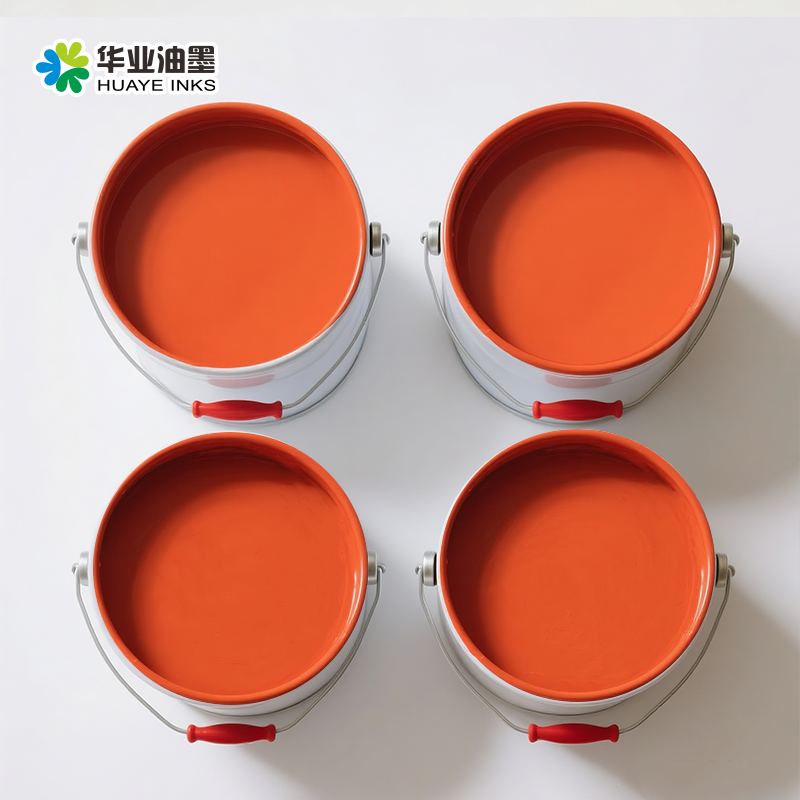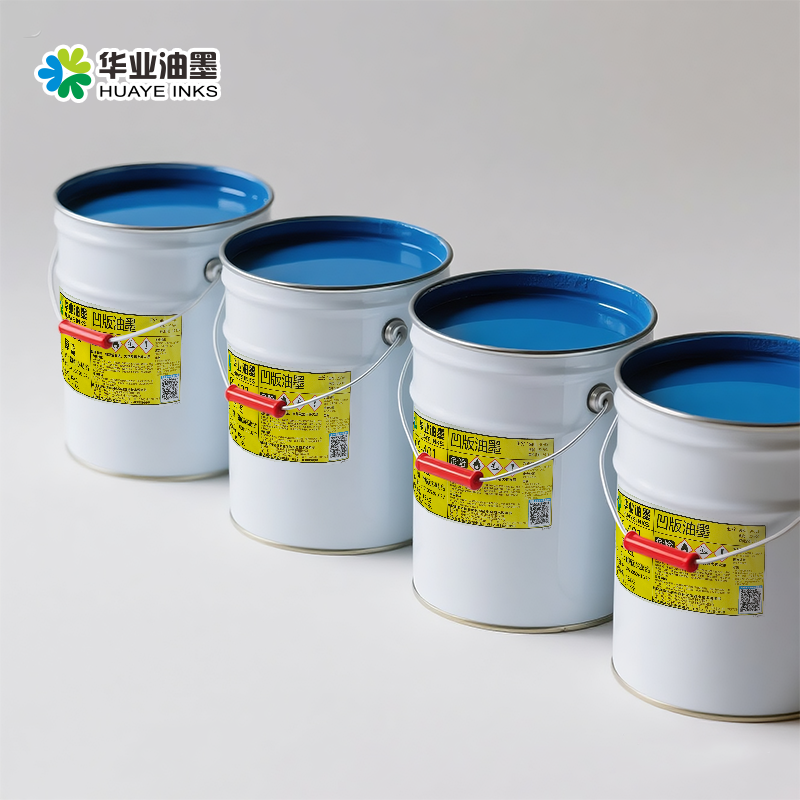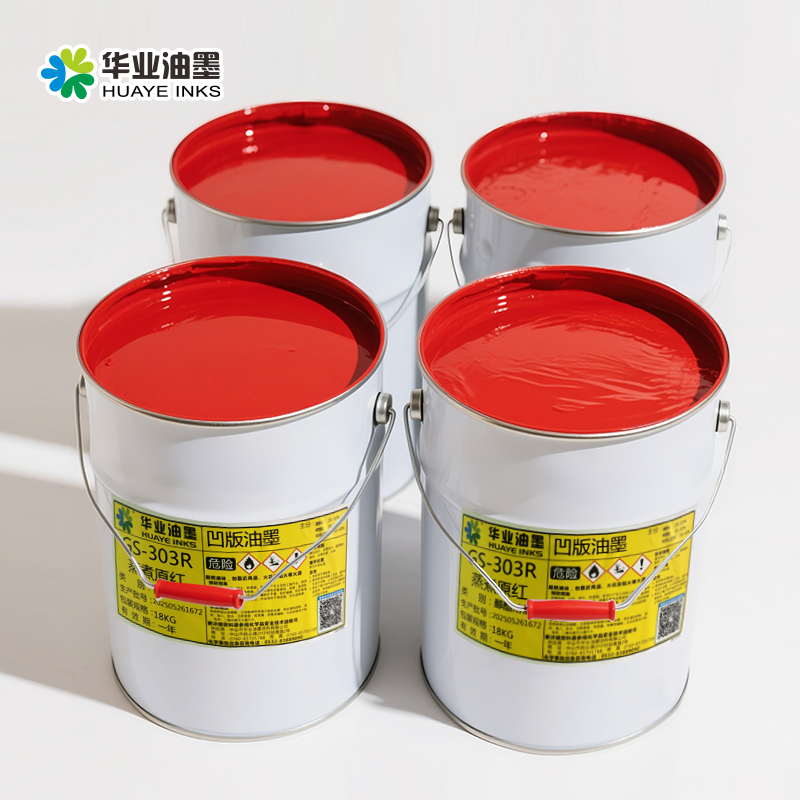No.2 Jieqing Road ,Shazai industrial Park, Minzhong Zhongshan City, Guangdong Province
High - quality industrial ink is a cornerstone of successful industrial printing, ensuring superior print results, durability, and consistency across a diverse range of applications. These inks are developed with a meticulous approach, focusing on every aspect of their formulation to meet the exacting standards of industrial environments. The pigments used in high - quality industrial ink are of the highest grade. They are selected based on their exceptional color strength, purity, and lightfastness, enabling the reproduction of a broad color gamut with precision. Advanced pigment dispersion techniques are employed to ensure that the pigments are evenly distributed within the ink matrix, resulting in consistent color output and sharp, clear prints. Whether it's printing detailed product labels, complex graphics on machinery, or brand logos on industrial equipment, high - quality pigments guarantee vibrant and accurate color reproduction. Binders in high - quality industrial ink serve as the adhesive backbone, providing strong adhesion to various substrates commonly used in industrial applications. Different types of binders are carefully chosen depending on the substrate material, such as metal, plastic, wood, or paper, to ensure optimal bonding. They form a durable, continuous film on the substrate surface, protecting the printed image from wear, tear, and environmental factors. The binders also contribute to the ink's film - forming properties, determining its smoothness, flexibility, and resistance to abrasion and chemicals. Solvents in high - quality industrial ink are selected and blended to achieve the ideal viscosity for efficient ink transfer during the printing process. The viscosity is carefully controlled to ensure that the ink fills the printing plate or nozzle evenly and transfers accurately to the substrate. The drying characteristics of the ink are also optimized, with the appropriate solvents and additives used to ensure fast and even drying, reducing the risk of smudging and enabling faster production cycles. Additives play a crucial role in enhancing the performance of high - quality industrial ink. Anti - foaming agents prevent the formation of bubbles during ink preparation and printing, which could otherwise cause defects in the printed image. Wetting agents improve the ink's ability to spread evenly on the substrate, especially for difficult - to - wet surfaces. Other additives, such as UV stabilizers, are used to enhance the ink's resistance to sunlight and UV radiation, making it suitable for outdoor applications. With continuous research and development, high - quality industrial ink continues to evolve, meeting the ever - changing demands of the industrial printing industry.


